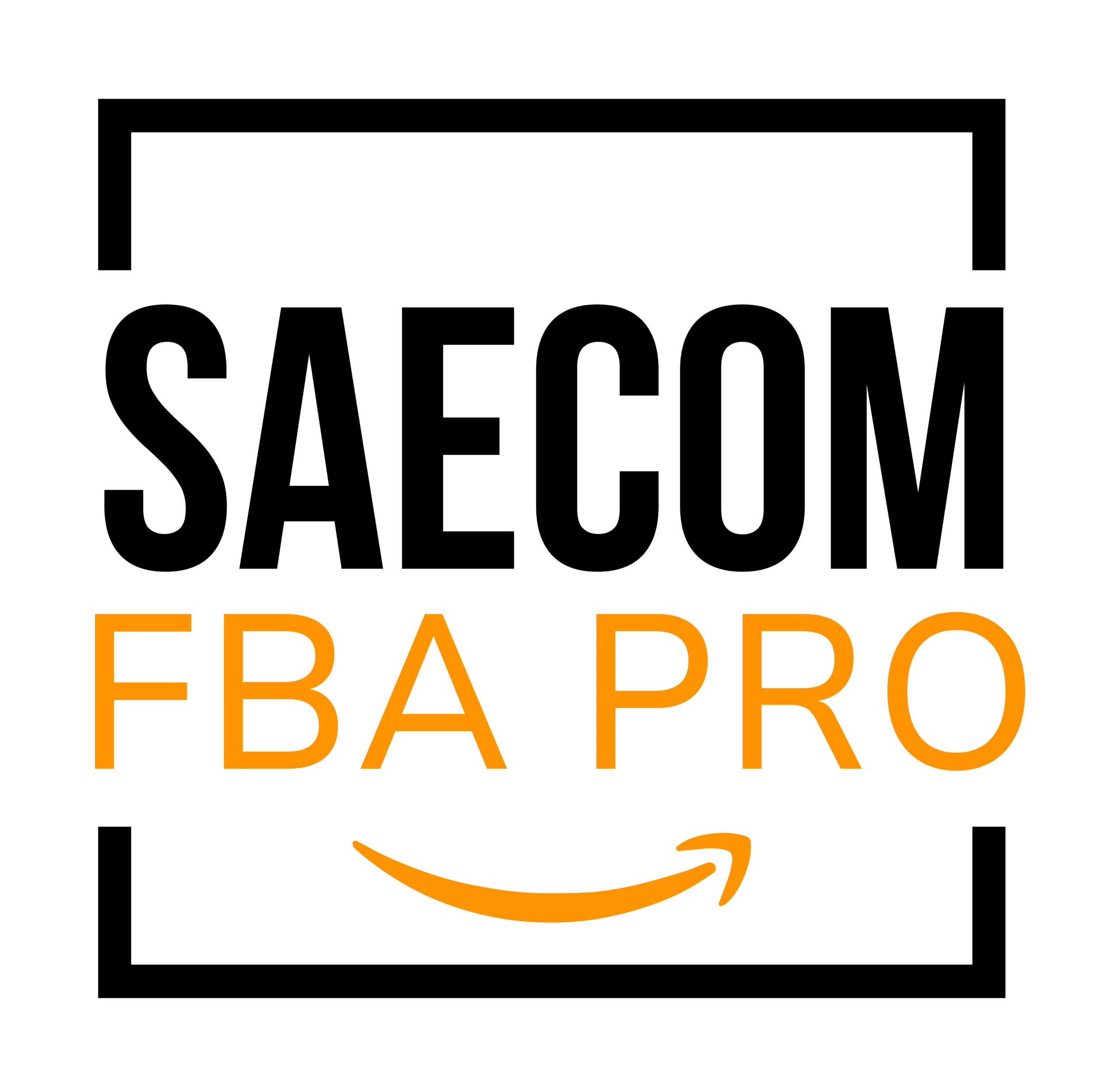Your 2025 Roadmap to a Successful Amazon Wholesale Store
With over 200 million active Prime members worldwide, Amazon continues to be the go-to platform for entrepreneurs looking to build profitable online ventures. The amazon wholesale model, in particular, provides an incredible opportunity to tap into an established market with ready-to-buy customers.
Unlike private label selling—where you create your own brand—or retail arbitrage—where you flip discounted products—wholesale selling lets you leverage existing demand for well-known branded products. By purchasing these goods in bulk from authorized manufacturers or distributors, you can resell them individually on Amazon for consistent profits.
While it takes more effort upfront to set up compared to arbitrage, the scalability and sustainability of wholesale selling make it a preferred model for many successful Amazon businesses. In this guide, we’ll walk you through how to start an Amazon wholesale business in 2025 and build a steady income stream.

What is Amazon Wholesale, and How Does It Work?
Amazon wholesale involves buying branded products in large quantities directly from manufacturers or distributors and reselling them on Amazon. Instead of building your own brand, you act as a reseller for established names that already have strong consumer trust and recognition.
This model differs from other popular selling approaches. Retail arbitrage focuses on finding clearance or discounted items from retail stores, while private labeling revolves around designing and marketing a unique product line. Wholesale, on the other hand, focuses on meeting existing demand by reselling products that are already in demand.
Here’s how the process generally works:
- Set up an Amazon Seller Central Account: Start by creating your seller account to access Amazon’s platform, tools, and analytics.
- Research High-Demand Products: Focus on items with proven sales performance and high search demand. Amazon’s Best Seller Rank and category listings are great places to begin.
- Find Reliable Suppliers: Build relationships with authorized distributors or manufacturers who offer bulk pricing. Your negotiation and trust-building skills matter here.
- Ship Inventory to Amazon Warehouses: Take advantage of Fulfillment by Amazon (FBA) to handle logistics. Amazon will manage storage, packing, and delivery.
- Optimize Product Listings: Use compelling titles, clear descriptions, professional images, and relevant keywords to boost conversions.
- Win the Buy Box: Stay competitive with dynamic pricing, strong feedback, and consistent inventory.
- Manage Stock Levels: Track your bestsellers and reorder before running out to maintain ranking and revenue consistency.
Once you’ve built the foundation, the system can operate smoothly with minimal manual involvement.
Wholesale vs. Retail Arbitrage vs. Private Label
While these models share the same goal—reselling products on Amazon—they differ in structure, risk, and scalability.
| Criteria | Wholesale | Retail Arbitrage | Private Label |
| Branding | Sell existing branded products. | Sell existing branded products. | Build and sell your own brand. |
| Inventory Control | Purchase in bulk, requiring strong inventory management. | Limited stock availability from retail finds. | Full control over production and stock. |
| Investment | Higher upfront investment. | Low startup cost. | Variable, depending on development and marketing. |
| Competition | High competition, as others may sell the same products. | Moderate, depends on store deals. | Lower, since the brand is unique. |
| Profit Margins | Lower per-unit margins, higher overall profit at scale. | Fluctuating based on deals found. | Higher margins with brand control. |
| Scalability | Easy to scale by adding suppliers and products. | Harder to scale due to limited deals. | Scalable with marketing and production. |
| Time Investment | Time spent building supplier relationships. | Time spent sourcing items in stores. | Time spent creating and marketing products. |
| Sourcing | From manufacturers and distributors. | From retail store discounts. | From your own factory or supplier. |
Pros and Cons of Amazon Wholesale

Like any business model, Amazon wholesale comes with its strengths and challenges.
Pros
1. Faster Setup Time
Unlike private label sellers who wait months for product development and shipping, wholesalers can start selling within weeks. Over 50% of wholesale sellers see profits within six months of starting.
2. Ready-Made Demand
You’re selling products people already know and trust. There’s no need to create awareness—just make sure the items are in stock and priced competitively.
3. Scalable Profit Margins
Even if the per-item profit seems small, bulk reorders and consistent sales quickly add up. Efficient FBA management can make margins even stronger.
4. Hands-Off Fulfillment
Once your supplier relationships are in place, the business becomes largely passive. Amazon FBA handles fulfillment, returns, and customer service, freeing your time for growth.
5. Flexibility in Product Selection
You can easily test and switch to new products or categories without rebranding or retooling production. This makes experimentation simple and cost-effective.
Cons
1. High Initial Investment
You’ll need to buy inventory in bulk, often requiring $5,000 or more in starting capital. However, this upfront cost helps you secure better wholesale pricing.
2. Time-Consuming Supplier Search
Finding authorized distributors and negotiating deals can be tedious, but it’s a one-time effort that pays off later with smooth restocking.
3. Brand Restrictions
Some companies restrict who can resell their products on Amazon. Always verify brand permissions to avoid issues with Amazon’s compliance policies.
4. Overstock Risks
Buying in bulk means forecasting accuracy is critical. Overstocking slow sellers can lead to costly FBA storage fees, while understocking bestsellers may disrupt momentum.
5. Amazon Fees
Between referral, fulfillment, and storage fees, Amazon can take 15–25% of your sales. Calculating net margins correctly is essential for sustainable profits.
When managed strategically, these challenges can be overcome—and your business can grow into a consistent revenue generator.
Inventory Storage and Fulfillment
Amazon FBA is a game-changer for wholesale businesses. After receiving your bulk shipment, simply send it to Amazon’s fulfillment centers. From there, Amazon handles order picking, packaging, and delivery directly to customers.
For items that are too large or not eligible for FBA, third-party logistics (3PL) providers can store and ship your inventory. Using a mix of both ensures operational efficiency and reduced overhead.
How to Impress Brands and Secure Deals
Brands and distributors receive countless partnership requests daily. To make your outreach stand out, follow these strategies:
- Personalize Every Message: Mention specific products, show familiarity with the brand, and highlight why you’re a good fit.
- Show Sales Projections: Include data on market trends and estimated monthly sales volume to build confidence.
- Provide Proof of Experience: If you’ve sold on Amazon before, share performance metrics to demonstrate credibility.
- Start with a Test Order: Offer a small initial order (60–90 days) to prove your reliability before scaling up.
- Offer Marketing Support: If the brand lacks Amazon expertise, position yourself as a partner who can enhance their marketplace presence.
This approach demonstrates professionalism and helps brands trust you as a long-term partner.
Final Thoughts
Starting an Amazon wholesale business in 2025 can be one of the smartest moves for online entrepreneurs seeking sustainable growth. It requires patience, capital, and consistent effort—but once established, it offers scalability and steady income with minimal daily management.
Take the first step today. Build your supplier relationships, research in-demand products, and position yourself early in the market. The sooner you begin, the faster you can build your Amazon wholesale empire.


